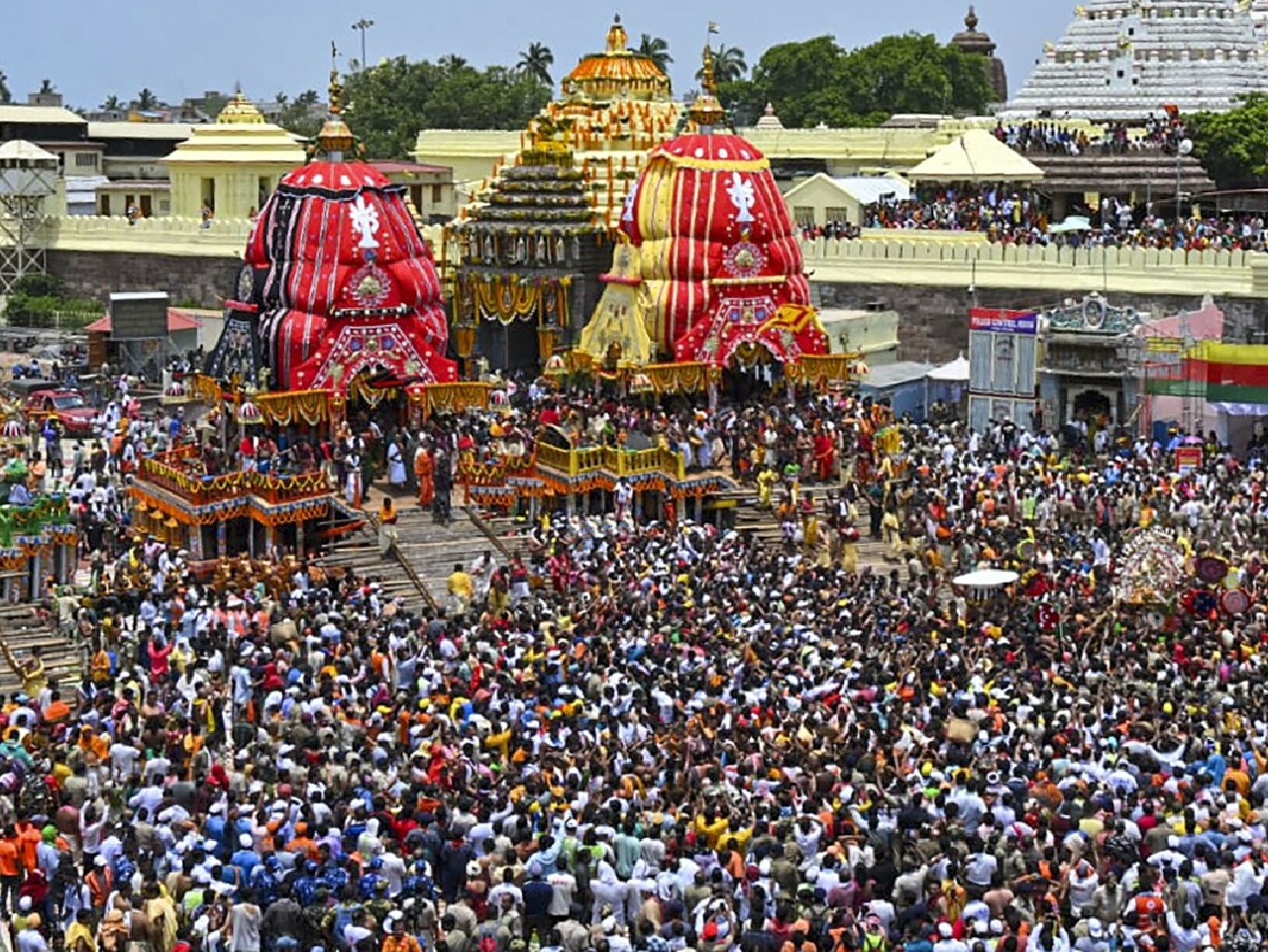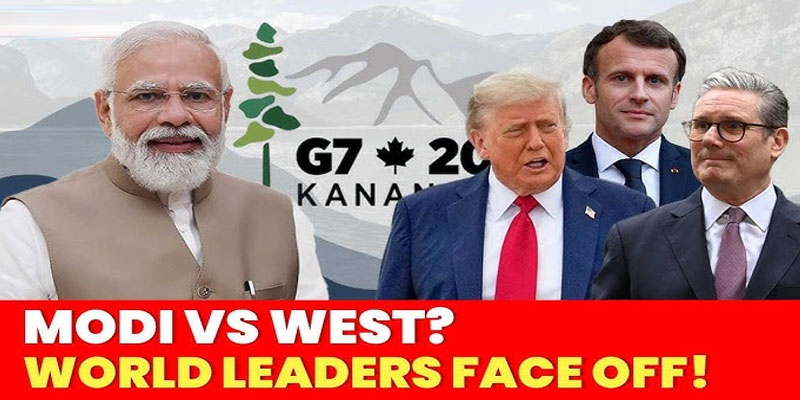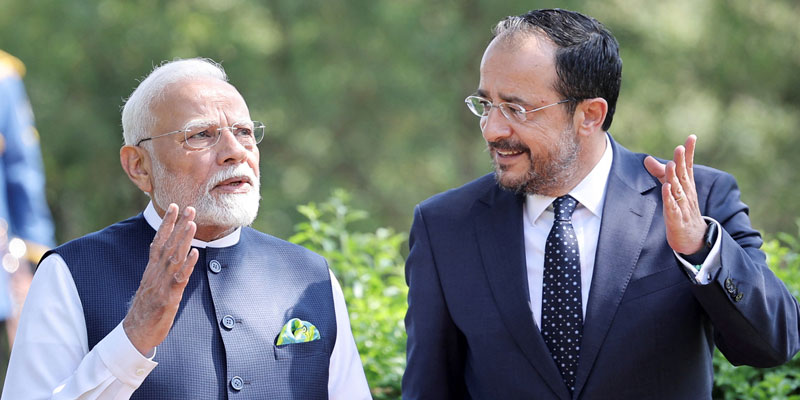From Mandate to Movement: A Decade of Political Power and Economic Transformation
On June 9, 2025, Prime Minister Narendra Modi will mark 11 years at the helm of the world’s largest democracy. His tenure has not just altered the trajectory of Indian governance, but also reshaped the nation’s identity—politically, economically, and globally. From bold institutional reforms to redefining federal politics and pushing for a digital-first economy, Modi’s leadership has left an indelible mark on India.
Reviving Institutions with a Modern Vision
One of the most symbolic moments of Modi’s tenure came in 2023, with the inauguration of the new Parliament building—a deliberate move to replace colonial-era relics with architecture that reflects Indian heritage and sovereignty. The installation of the Sengol, a sacred sceptre, in the Lok Sabha chamber, underscored Modi’s emphasis on reviving cultural traditions while modernising governance infrastructure.
The structure stands not only as a physical transformation but as a metaphor for India’s shift towards self-defined progress—rooted in tradition, but focused on the future.
BJP's Political Dominance: A Shift in Indian Democracy
Since Modi’s first landslide victory in 2014, India’s political landscape has undergone a seismic transformation. The Bharatiya Janata Party (BJP), under his leadership, has evolved from a dominant party at the Centre to a pan-India political powerhouse, currently governing 19 states and 2 Union Territories alongside its NDA allies.
This shift has not only altered electoral math but also brought political consistency to policy-making, allowing for the implementation of long-term national initiatives. Modi’s appeal to diverse voter bases—from women and youth to rural and marginalised communities—has helped build a robust coalition of support that endures election after election.
Ending Dynastic Politics and the Congress Era
The 2014 general election marked the decline of Congress-led governance, ending its decade-long rule. In many ways, Modi’s rise was the beginning of post-Congress politics—focused less on legacy and more on delivery. His direct style of communication, digital outreach, and nationalistic messaging resonated with a new, aspirational India.
Having now won three consecutive general elections, Modi becomes the only Prime Minister since Jawaharlal Nehru to achieve such a feat, firmly cementing his place in Indian political history.
Historic Decision: Abrogation of Article 370
One of Modi’s most consequential—and controversial—decisions came in August 2019, when his government abrogated Article 370, ending Jammu and Kashmir’s special constitutional status. This move, long debated and politically sensitive, was carried out with firm resolve and parliamentary backing.
The reorganisation of the state into two Union Territories—J&K and Ladakh—allowed for the direct application of central laws, including land reforms, education rights, and development schemes. Supporters hailed it as a step towards integration and uniform governance, while critics questioned the political fallout. Regardless, it marked a turning point in India's federal structure.
One Nation, One Tax: GST Reform
In 2017, Modi delivered another economic landmark: the implementation of the Goods and Services Tax (GST)—a sweeping reform that replaced a tangled web of state and central taxes with a unified tax regime. The midnight launch in Parliament was symbolic of its significance: a historic step toward economic unification and transparency.
GST not only improved ease of doing business but also laid the groundwork for digital compliance, tax base expansion, and reduced tax evasion. It was a bold attempt to simplify the country’s complex fiscal framework and has since become a cornerstone of India’s formal economy.
Fighting Black Money: Finance Bill 2017
The Finance Bill of 2017 was another critical moment in Modi’s governance agenda. With over 40 legislative amendments, the bill was aimed at enhancing transparency, accountability, and financial discipline.
From mandatory Aadhaar linking for tax filings to capping cash transactions at ₹2 lakh, the government sought to curb black money and anonymous political donations. The introduction of electoral bonds was controversial, yet it marked an attempt to formalise political funding and reduce illicit flows.
From Local Focus to Global Presence
Under Modi, India’s global presence has also grown exponentially. Whether through active participation in multilateral forums like G20, bold outreach to diaspora communities, or leading initiatives in renewable energy and digital public infrastructure, Modi has projected India as a decisive, emerging power on the world stage.
India becoming the world’s fourth-largest economy is not just an economic statistic—it reflects policy consistency, investment confidence, and international credibility achieved under Modi’s tenure.
A Transformational Era in Indian History
In 11 years, Narendra Modi has transformed India from a coalition-led, policy-fragmented nation into a centralised, reform-oriented democracy. His journey is marked by bold decisions, sharp political instincts, and a relentless push for systemic change.
Critics may question aspects of governance, but few can deny the scale and ambition of his transformation agenda. Modi’s era will be remembered not just for the policies enacted, but for reshaping the expectations of governance itself.
As India enters its next phase, Modi’s legacy stands as both a benchmark and a challenge—a measure of how far the nation has come, and a reminder of the road ahead.
(With agency inputs)






















